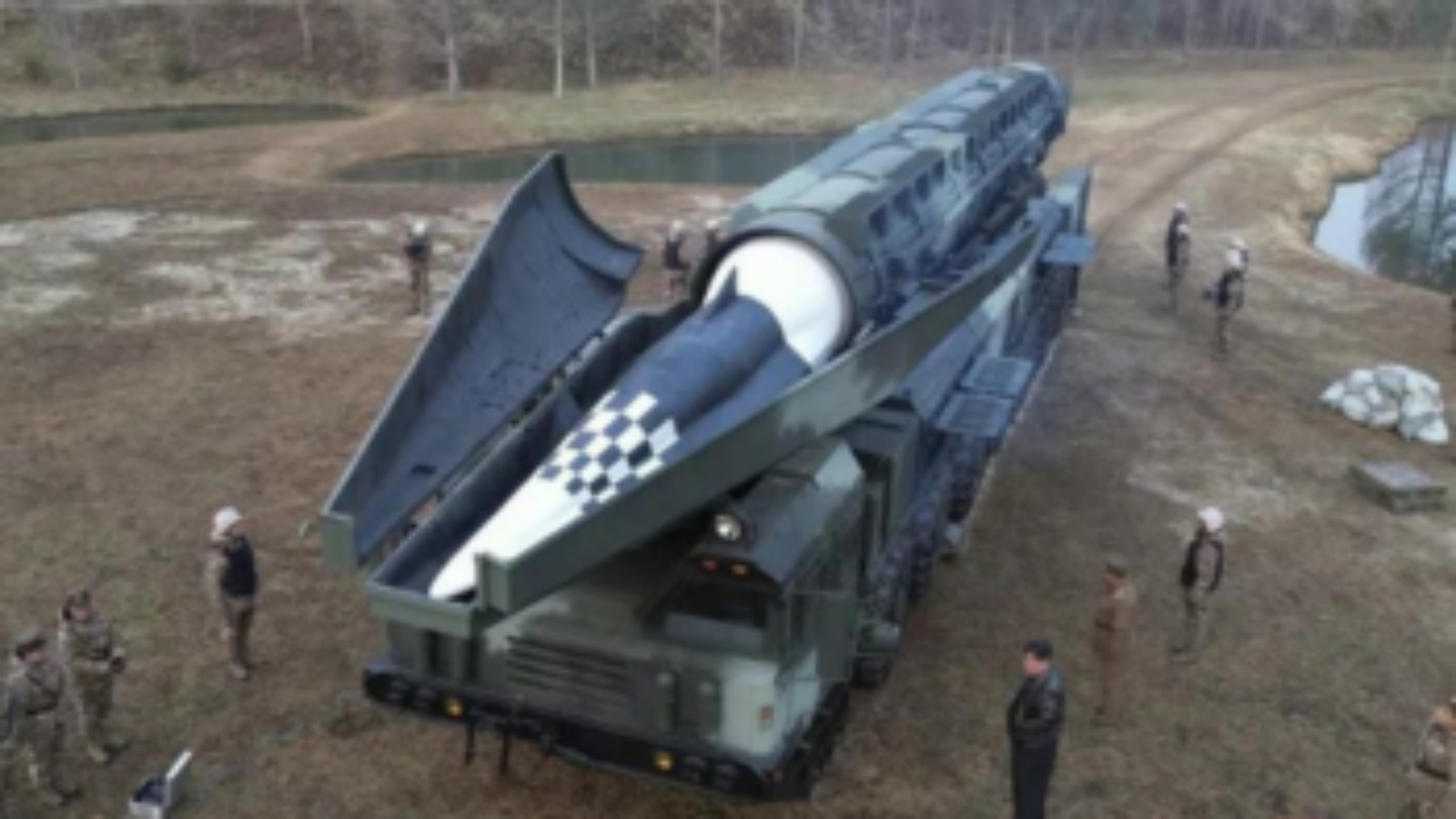SEOUL, South Korea, April 3 (AP): North Korea declared on Wednesday that it had conducted a test of a new hypersonic intermediate-range missile fueled by solid propellants, further escalating tensions in a nuclear standoff with neighboring countries and the United States.
North Korean leader Kim Jong Un claimed that the successful demonstration showed his country’s capability to develop solid-fuel, nuclear-capable missiles of various ranges, enhancing its ability to threaten adversaries in Asia and the United States.
However, the South Korean military disputed North Korea’s assertions, stating that the North was overstating the success of the test and its overall missile capabilities.
The announcement from North Korean state media followed reports from South Korean and Japanese militaries of a missile launch from near North Korea’s capital toward the eastern sea.
Kim supervised the test of the Hwasong-16B missile, describing it as a crucial component of his nuclear deterrent against “enemies,” referring to the United States, South Korea, and Japan.
North Korea has been developing more missiles with solid propellants in recent years, which are easier to transport, conceal, and launch quickly compared to liquid-propellant missiles.
Last year, North Korea tested its first solid-fuel intercontinental ballistic missile, expanding its arsenal of long-range weapons targeting the US mainland. The country also possesses an array of short-range and mid-range solid-fuel missiles capable of striking targets throughout South Korea and Japan.
In addition to solid-fuel missiles, North Korea has been testing hypersonic weapons since 2021, designed to travel at over five times the speed of sound. However, there are doubts about the consistency of these missiles in achieving the claimed speeds.
During Tuesday’s test, North Korean media reported that the missile’s hypersonic glide warhead reached an altitude of 101 kilometers (62 miles) and traveled approximately 1,000 kilometers (621 miles) before landing in waters between the Korean Peninsula and Japan.
However, South Korea’s Joint Chiefs of Staff disputed these claims, stating that the missile traveled about 600 kilometers (372 miles). Japan also reported a similar flight distance, with its Defense Ministry noting a maximum altitude close to North Korea’s claims.



Add a Comment